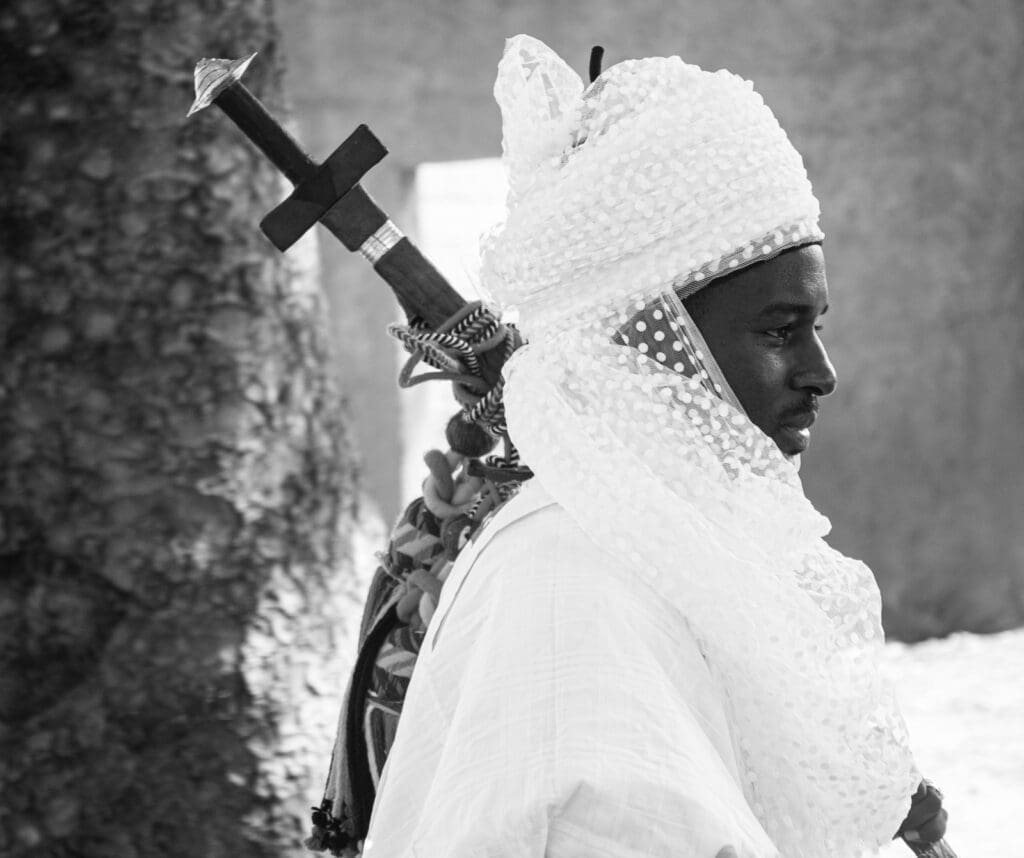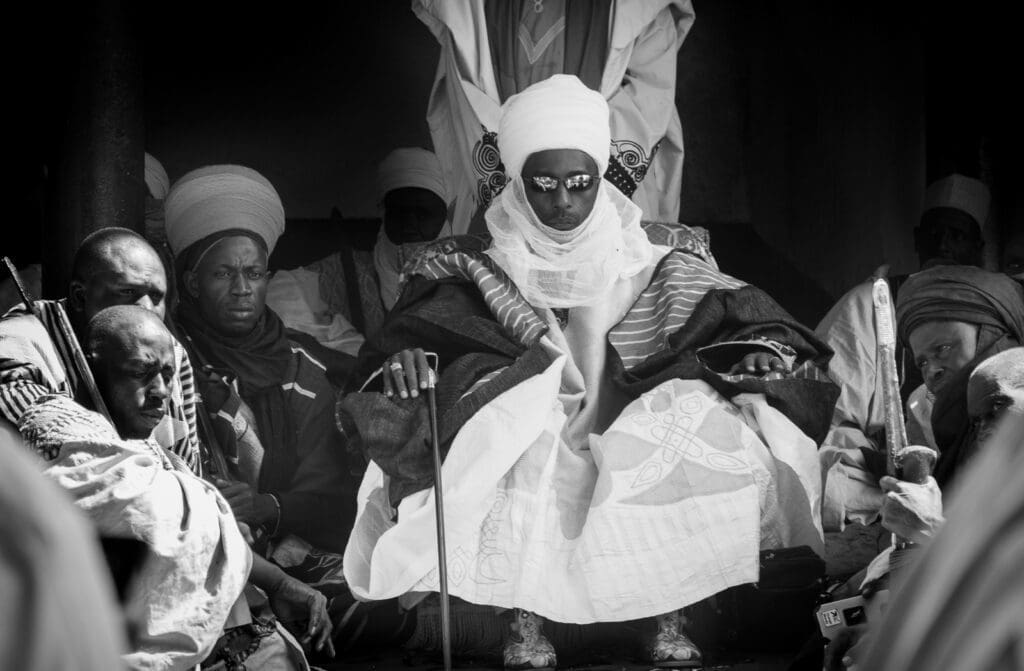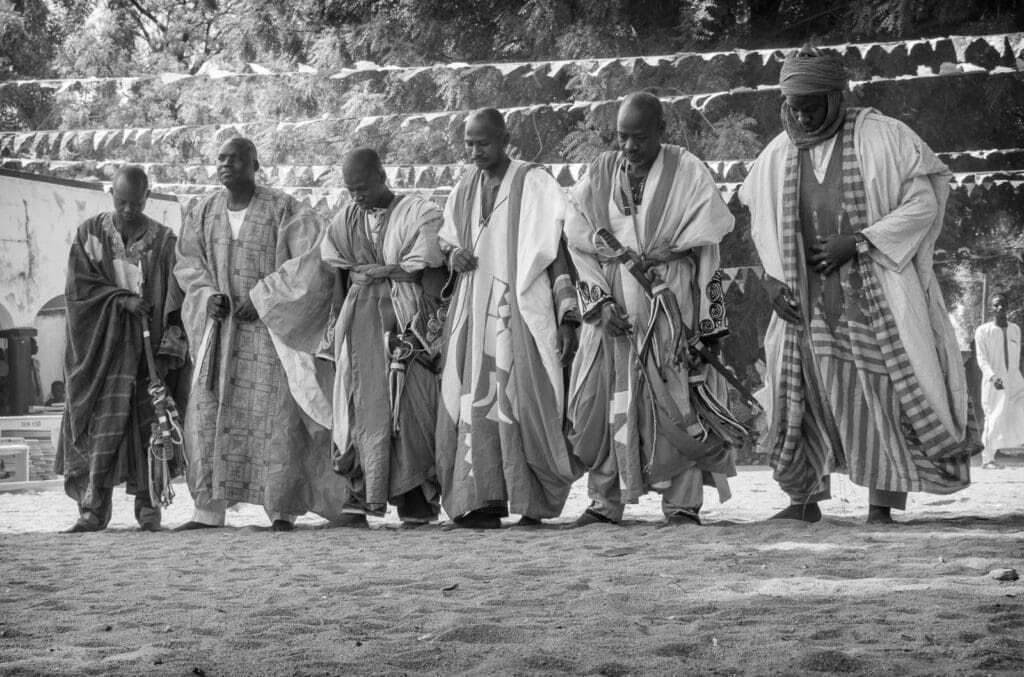The story of the Lamidat of Demsa / Gashiga
The Lamidat of Gashiga is located in the Northern region of Cameroon, within the Demsa Kingdom. This once powerful kingdom stretched from Nigeria to the left bank of the Benue River but due to colonization, its territory has shrunk to benefit the Garoua kingdom. Today, the Lamidat of Gashiga borders the municipality of Baschéo to the north, the municipality of Garoua 1er to the south, the municipalities of Garoua 2ème and Pitoa to the east, and the Federal Republic of Nigeria to the west. Its total area is around 1,771 square kilometers, divided into 70 villages, with an estimated population of about 50,000.
Founded in 1830, the kingdom was formed by the coming together of the Peul people from Mali and other local populations (Fali and Bata in particular), under the tutelage of the Lamidat of Yola. Beginning in 1901, the chefferie (chiefdom) of Demsa was created, which freed itself from the tutelage of the Lamidat of Yola with the agreement of the Germans to control the sultans of the region. Subsequently, a chiefdom will be created permanently in Gashiga.
Upon his father’s death, His Majesty ABOUBAKAR BABAREY MOUSTAPHA MOUSSA ascended the throne as the eighth monarch of this 120-year-long kingdom. A computer engineer by training, he cares about the continuity of the customs and traditions of the members of his community. Indeed, despite the predominance of modernism in the region, he vigorously maintains the customs and traditions of his community.



The Fantasia ceremony: an instrument of constant communication between the Supreme Ruler and his Community, reminiscence of the past and cultural identity
In the Gashiga kingdom, Fantasia is a ceremony presided over by Lamido (the supreme king). This ceremony is held regularly to commemorate the raids that the warriors of yesteryear practiced and is one of the markers of Peul identity within a community that has subjugated or compounded with local peoples.
In the Lamidat of Gashiga this ceremony represents a moment of communion between the Lamido and his community. It is usually held here at particular times of the year or on special occasions, for example, during religious festivals, national holidays and to welcome an important guest

The ceremony begins with the arrival of the most important people in the kingdom (the ministers) and the princes of the Faada (court), each accompanied by the local griot orchestra playing melodies and reciting their respective merits. Before the ceremony, the knights of the cohort (usually people widely known within the kingdom) on their richly harnessed horses line up along the main avenue. Meanwhile, the city’s onlookers, who have flocked in large numbers to witness the event, begin to come alive as soon as they see the Lamido arrive.
Then, amid the clamor of the crowd and the intensity of the notes played by the griot orchestra, the king sits on the throne sanctioning the actual beginning of Fantasia. This is the time when the knights begin to parade before the king. The ceremony ends with a dance that the troop captain and his men do in the direction of the Lamido to renew their oaths of allegiance.

